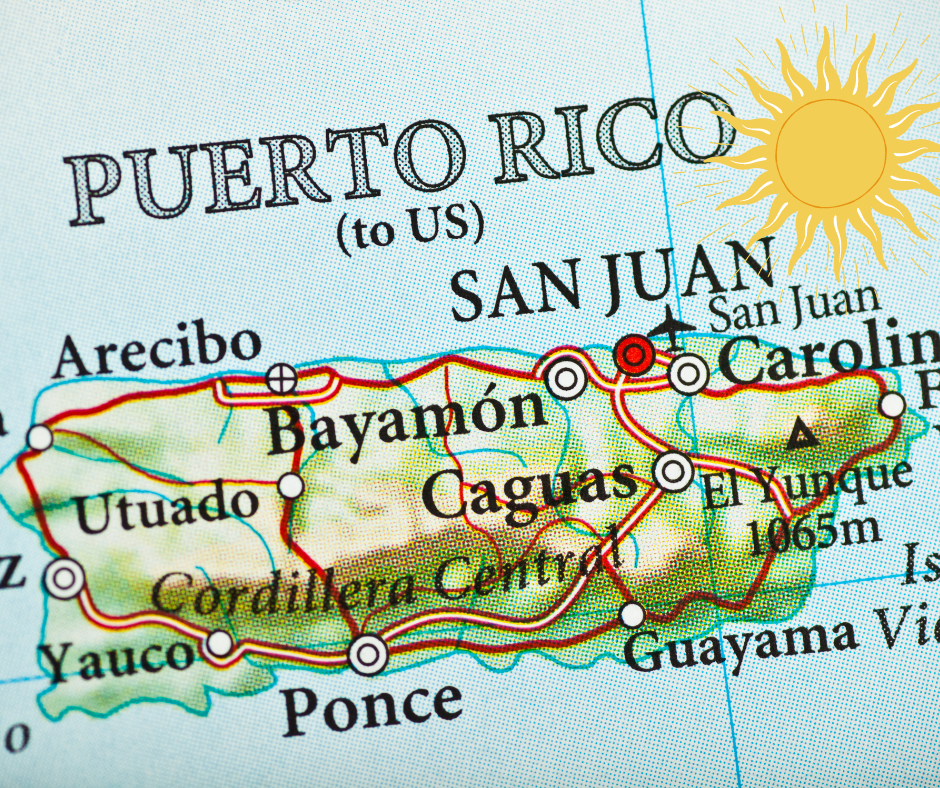Hurricane Fiona brought high winds and rain to Puerto Rico on September 16, 2020, leaving thousands of people without electricity or running water. The storm damage was widespread, taking out transmission lines and leaving the island’s electric grid extremely vulnerable. This is not the first time Puerto Rico has faced this type of devastation. Just five years ago, Hurricane Maria killed 3,000 people, and many of those deaths were due to the lack of power in the days following the storm. As extreme weather conditions, Puerto Rico’s electric grid will be increasingly at risk for hurricane damage. For now, those with electric, solar battery systems are some of the only people on the island with power. However, it is still being determined how long these systems will be able to withstand the hurricanes that are becoming more frequent and more intense.
The recent blackout in Puerto Rico was preventable. The failure to properly maintain the island’s aging power grid led to an avoidable catastrophe that left millions of people without electricity for days. Unfortunately, this is not the first time Puerto Rico has been hit by a major hurricane, and it is not the first time its power grid has failed. In fact, this type of event has become all too common in recent years. The people of Puerto Rico deserve better. They deserve an energy future that is not reliant on imported coal, oil, and fracked gas, and they also deserve a power grid that is not vulnerable to hurricanes and other natural disasters. It is time for Puerto Rico to transition to a clean, renewable energy future.
Earth Justice and its partners in Puerto Rico are working for a clean, dependable energy source by using rooftop storage and battery storage.
Four times the island’s residential electricity needs can be produced by rooftop solar. In addition, Puerto Rico’s year-round sunlight makes it an ideal location for large-scale implementation of solar energy and battery storage. Studies have shown that solar energy can provide a reliable and cost-effective power source, particularly for isolated communities in Puerto Rico that are not connected to the grid. In addition, battery storage can help to meet peak demand and provide backup power in case of an outage. As a result, Puerto Rico has the potential to serve as a model for other communities looking to transition to renewable energy.
Puerto Rico has long been an attractive destination for tourists seeking to enjoy its beautiful beaches and lush vegetation. However, the island is also plagued by poverty and struggling infrastructure. The median income in Puerto Rico is just one-third of the U.S. median. Still, residents are forced to pay up to twice as much for electricity. These high energy costs are partly due to the island’s reliance on imported fossil fuels. However, there is a solution that would not only help to lower energy costs but also create jobs and boost the economy. Putting rooftop solar on the roofs of all Puerto Rican families would cost far less than what is paid for imported fossil fuels. Moreover, the installation of solar panels would create new jobs and help revitalize the island’s struggling economy.
The current system of power lines is vulnerable to intense winds, as was demonstrated by the damage caused by Hurricane Maria. It took nearly a year and billions of taxpayer dollars to restore power across the island. A distributed rooftop solar network would be less vulnerable to such damage. The solar panels would be spread across the rooftops rather than concentrated in one area. This would reduce the risk of catastrophic damage to the grid. In addition, the system’s distributed nature would make it easier to repair any damage that did occur. As a result, a distributed rooftop solar network would be a more resilient option for providing power to an area prone to hurricanes.
The term “prosumer” describes a person who both consumes and produces goods and services. In the context of energy, a prosumer is someone who produces their own electricity, typically through rooftop solar panels. With distributed rooftop solar, Puerto Ricans can become energy prosumers rather than consumers. By creating their own electricity, residents would no longer rely on energy services delivered by companies. Instead, they would be empowered to generate their own power using clean and renewable energy sources. Not only would this reduce Puerto Rico’s dependence on fossil fuels, but it would also help to create jobs and spur economic development. In addition, distributed rooftop solar would increase resilience in the face of extreme weather. With distributed rooftop solar, Puerto Ricans can take control of their energy future and become energy prosumers.
CREDIT
Keith Rushing, Why Puerto Rico Needs Solar for a Green Energy Future, Earth Justice. Org. October 5, 2022.
